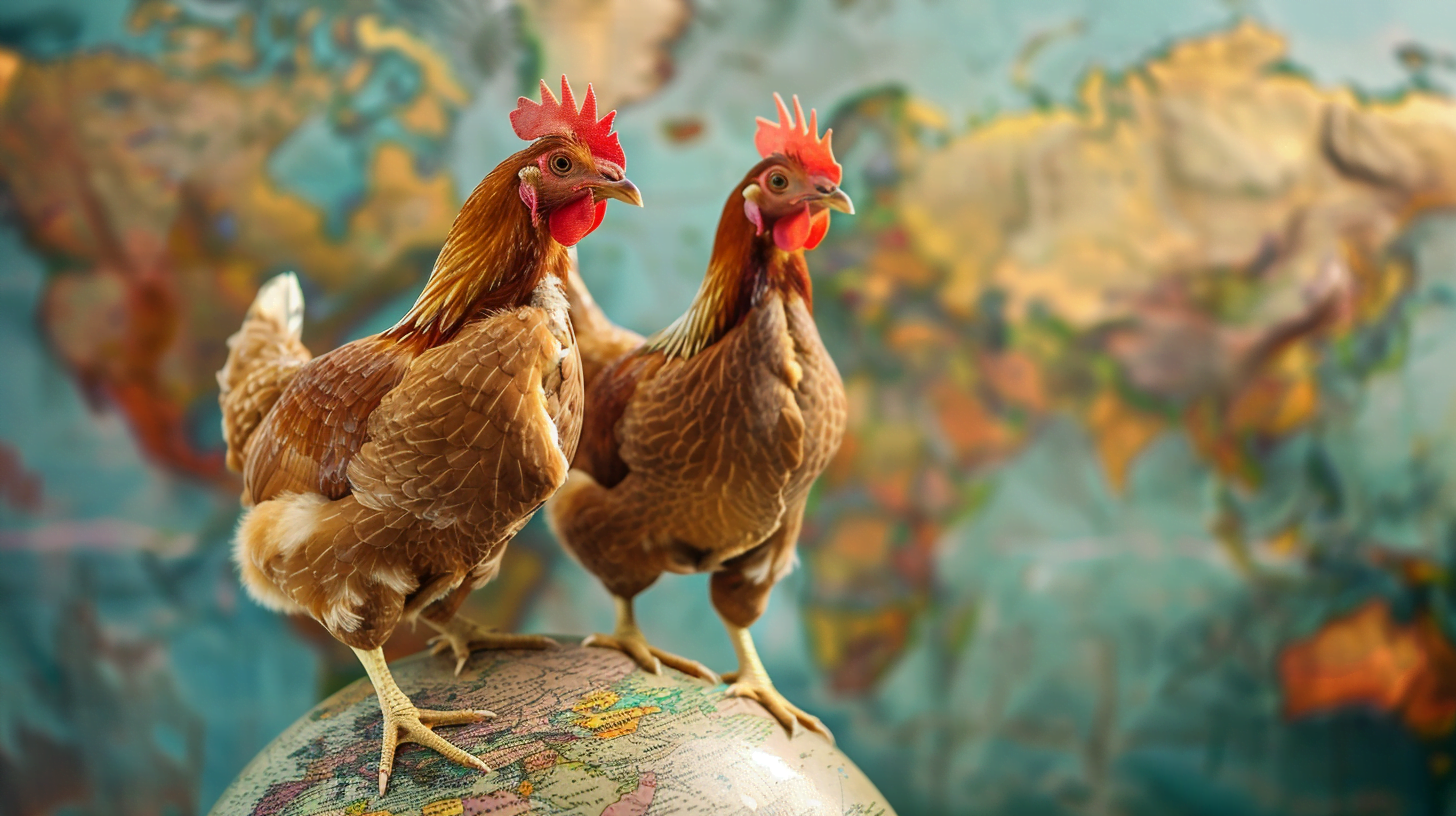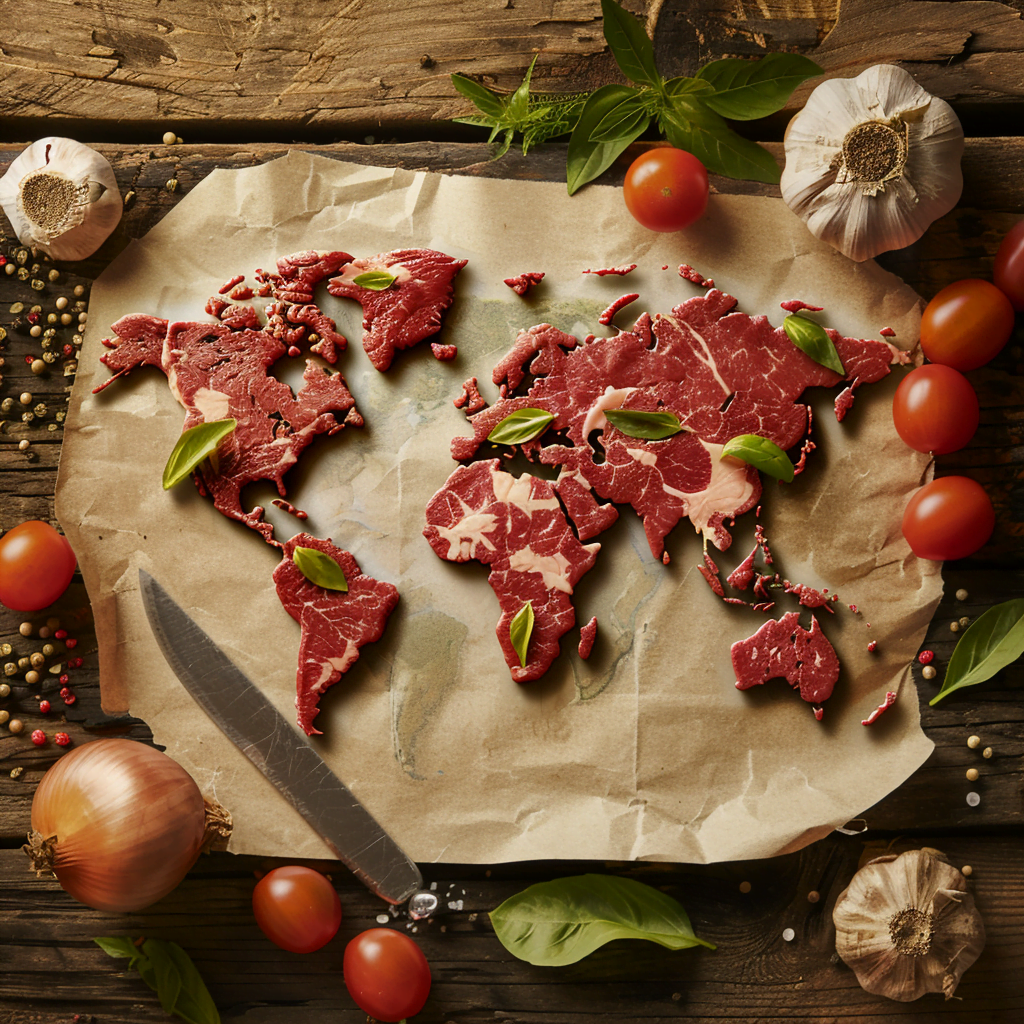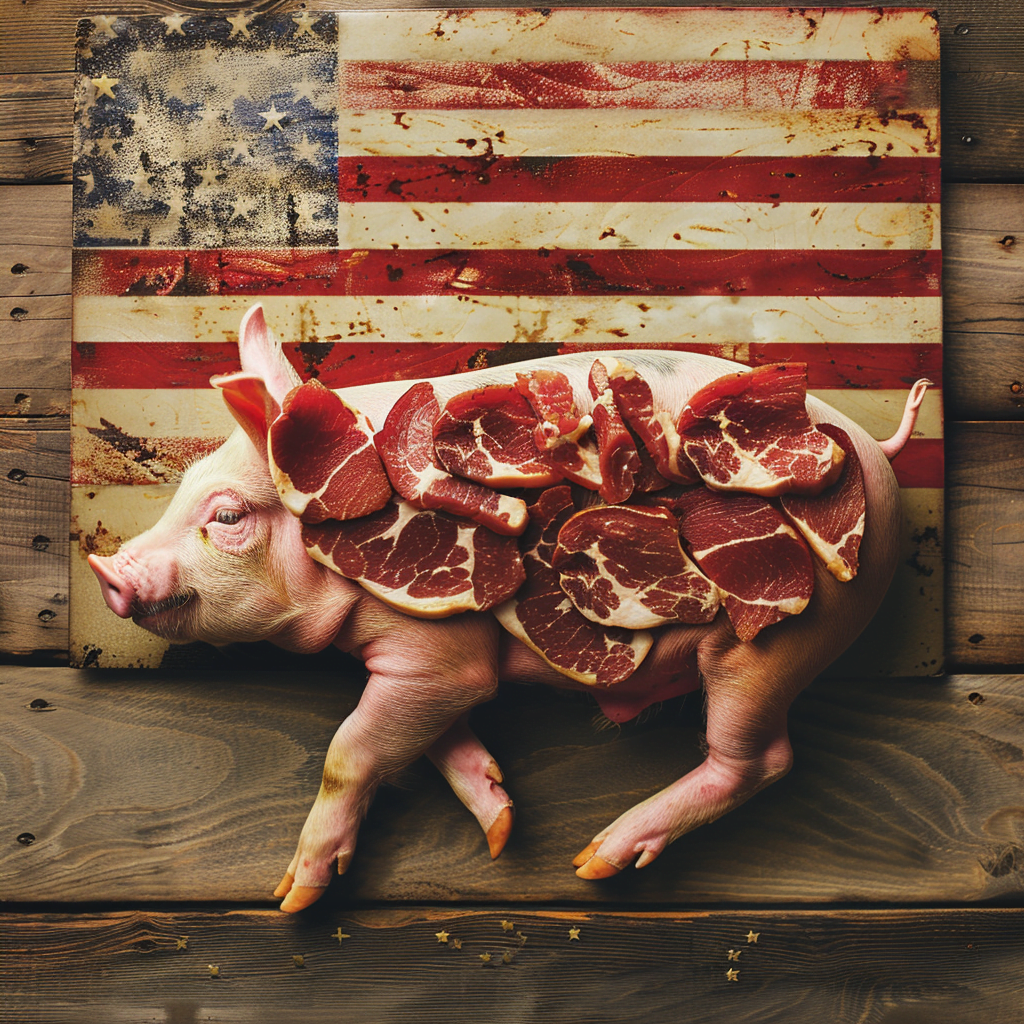With chicken being one of the most widely consumed meats globally, the countries that can mass produce quality poultry at low costs are essential for meeting the ever-growing demand. But who exactly are the top chicken producing nations in the world and what has allowed them to achieve such incredible scale? This in-depth article “Which Country Produces the Most Chicken?” will uncover the production volumes, farming infrastructure, and future outlook across the international chicken industry leaders.
Defining the Key Chicken Production Metrics
When analyzing which countries produce the most chickens, there are two main factors examined:
- Total Weight of Chicken Meat – The annual volume of chicken meat output measured in million metric tons. This represents the sheer quantity of protein being supplied to markets domestically and internationally through exports.
- Number of Broiler Chickens Slaughtered – The count of chickens raised specifically for meat production rather than egg laying that are processed each year. This helps determine the size and capacity required all along the poultry supply chain.
Broiler chickens bred for efficient weight gain and meat yield are the focus for ranking high volume chicken producers. Backyard and egg-laying operations are not included in the commercial chicken production statistics we will explore.
The Top Chicken Meat Producing Countries in the World
Based on total production volume of chicken meat, here are the current leading producers globally:
- United States – 20.5 million metric tons
- China – 18.7 million metric tons
- Brazil – 15.1 million metric tons
- Russia – 6.3 million metric tons
- Mexico – 5.4 million metric tons
The United States maintains the largest, most technologically advanced chicken industry on the planet. Factors like vertical integration of growing and processing, investments in automation, genetics research and strict biosecurity measures have allowed the US to achieve world-leading productivity rates. High demand for chicken-based fast food and convenience products domestically along with soaring export volumes support the growth.
Brazil dominates as South America’s major poultry producer. The tropical climate allows for lower cost housing of chickens compared to temperate regions. Abundant local corn and soybean supplies keep farmer input costs competitively low as well. Massive processors like JBS and BRF run highly efficient operations to feed Brazilian consumers while shipping increasing volumes to export partners.
In Russia, substantial public and private investment in modernizing chicken farms over the past 20 years has enabled a 5-fold production increase to become Europe’s leader. However, sanctions, currency fluctuations, high grain prices and market saturation have all recently slowed expansion.
When countries are ranked by the total number of broiler chickens slaughtered, the order shifts slightly:
- China – Over 9 billion
- United States – Over 8 billion
- Brazil – Over 6 billion
- Russia – Over 3 billion
- Mexico – Over 1 billion
China’s astronomical slaughter numbers indicate they likely have more actual chicken farming operations than any other nation even if they lag on total meat volume. From small rural farms supplying villages to enormous industrial growing operations integrated with processing plants, China produces and consumes chicken in tremendous quantities and variety.
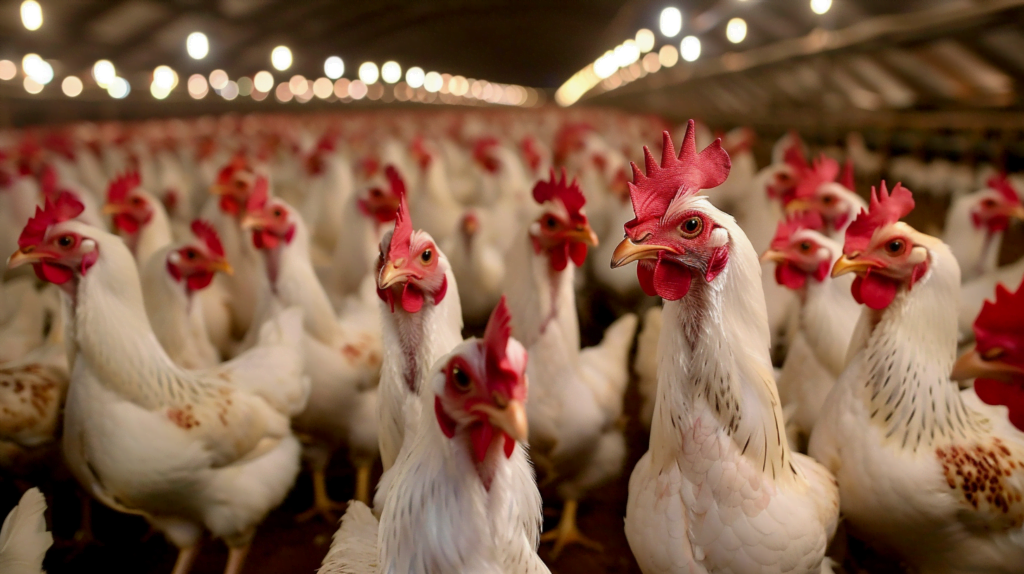
Common Traits That Enable High Chicken Production
Several key factors determine which countries can sustainably produce broiler chickens profitably at national scales:
Favorable Geography & Moderate Climate
Chickens raised in consistently mild or temperate regions require lower cost housing facilities since extreme cold or heat require additional protections. The top producers benefit from large swaths of land in climate zones supporting efficient poultry operations.
Abundant Grain Supplies for Feed
With feed representing up to 70% of a farmer’s chicken production costs, proximity to major grain or oilseed growing regions is vital for securing affordable inputs. Corn, wheat, and soybeans are dietary staples.
Advanced Supply Chain Infrastructure
Smooth coordination across the chicken production ecosystem from grandparent breeding stock to hatcheries, grow-out farms, processors, distributors and buyers enables maximum efficiency and waste reduction. Tight integration is key.
Expanding Domestic & Export Market Demand
While production capabilities may exist on paper, actual facilities are only constructed if the demand forecasts call for selling the future poultry volumes produced. Rising domestic chicken consumption and export opportunities are pre-requisites for growth.
As these elements come together in a country or region with industrialization supporting infrastructure build-out, the foundations are laid for enormous chicken production. Government policies and investments to incentivize self-sufficiency in food production can accelerate the development as well.
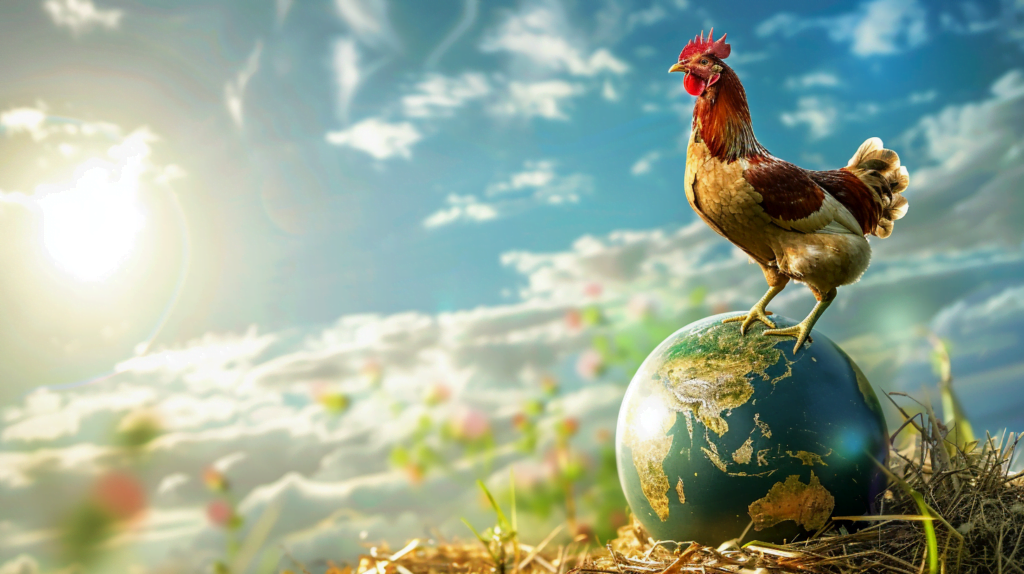
Major Challenges Facing the Global Chicken Industry
From small single-barn family farms to massive operations with hundreds of chicken houses, all producers now face intensifying pressures:
Disease Outbreaks – Dense chicken flocks are vulnerable to rapid illness transmission creating biosecurity challenges and temporary supply chain disruptions when virus containment measures are enacted.
Input Price Volatility – As grain prices fluctuate due to harvest conditions or geopolitical factors, profitability margins swing wildly especially for independent farmers without protections from integrators.
Labor Shortages – Rural areas with aging populations lack enough local workers to staff processing plants requiring arduous physical roles. Worker pay, benefits and safety protections are under scrutiny to attract employees.
Animal Welfare Concerns – Societal expectations for more humane treatment of farm animals grow each year. Extreme housing densities and fast-growth chicken genetics cause health issues prompting reevaluation of best practices.
Environmental Sustainability – From fresh water usage and pollution from phosphorus runoff to greenhouse gas emissions and solid waste, chicken production must minimize its impacts through improved technology.
Food Safety – High volume automated processing leaves little tolerance for microbial contamination. New non-chemical interventions and enhanced testing are imperative for consumer confidence.
Addressing these multifaceted, complex challenges in a productive way while maintaining chicken affordability will determine which countries continue accelerating output versus those that contract. Striking the optimal balance is no easy feat.
Projecting the Future Trajectory of Global Chicken Production
As the world population expands towards a projected 8.5 billion by 2030, overall meat consumption rates are forecast to rise in tandem by over 15% including chicken meat demand growth exceeding 30%. Can the current leading chicken producing nations sustainably increase volumes enough to satisfy the swelling appetite for this affordable animal protein?
- Production Efficiency Gains – With processing plant automation, data-driven chicken house environmental controls and genetics research all steadily improving, productivity rates per square foot continue climbing allowing more meat output from the same physical infrastructure.
- Alternative Business Models – Some integrated companies are offering new programs for farmers to attract next generation talent while sharing risks more equitably. Allowing producers to have guaranteed income versus fluctuating pay may solve labor issues and increase capacity.
- Innovations on the Horizon – From plant-based meat alternatives to lab-grown cultured chicken and indoor vertical farming without live animals, revolutionary options could disrupt the traditional chicken supply chain in the coming decades. But their scalability and consumer acceptance have yet to be proven.
For leading producers like the United States, China and Brazil to maintain their dominance through 2050 and beyond, they must continue evolving their massive farming and processing operations responsibly. Advancing welfare standards to satisfy ethical shoppers, enacting climate-smart agricultural practices, fortifying biosecurity to limit disease, and supporting rural communities economically will likely require public-private partnerships pursuing shared objectives. The countries that proactively invest to produce chicken humanely and sustainably while still delivering affordable nutrition may become the future powerhouses.
